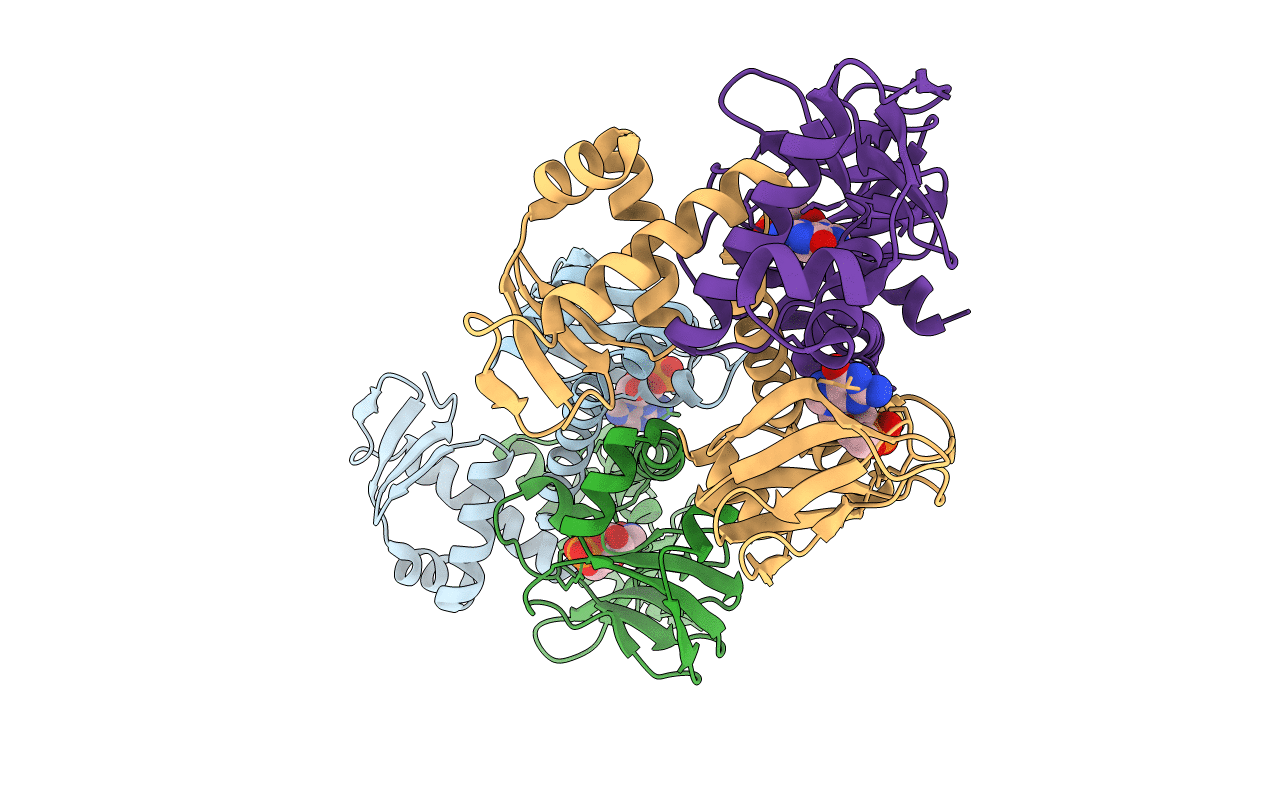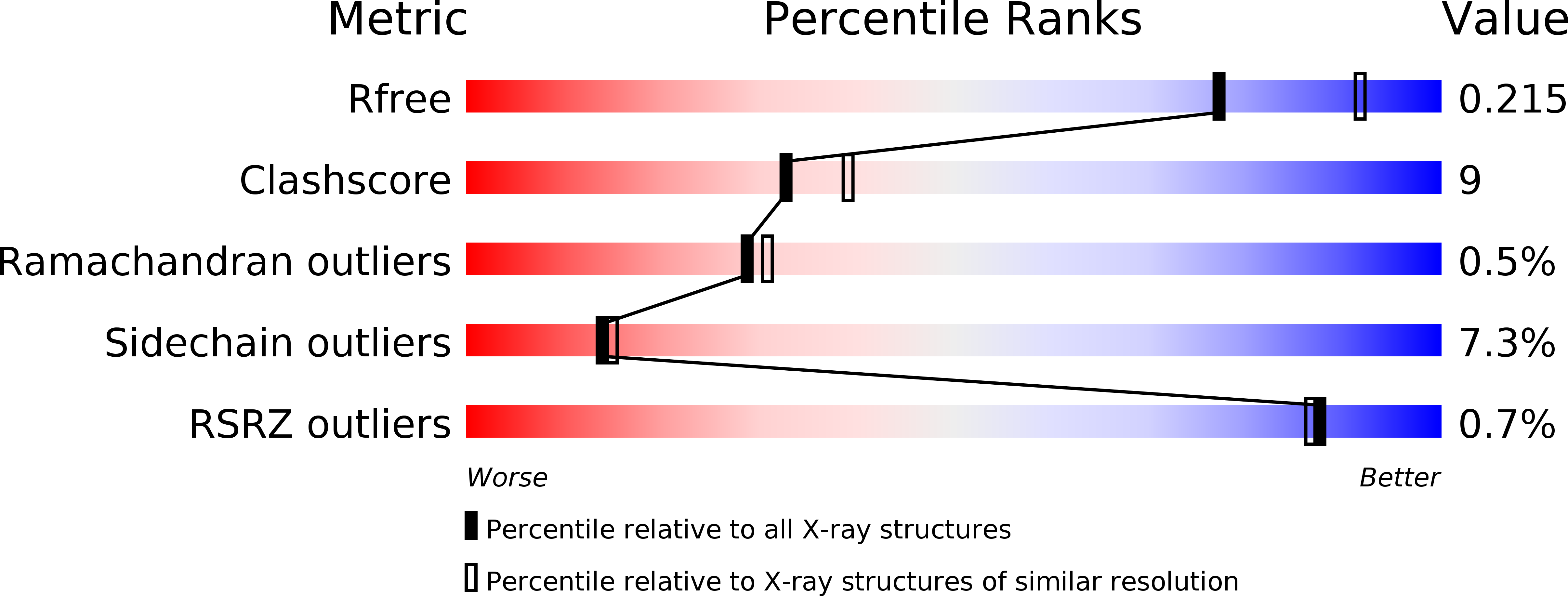
Deposition Date
2013-10-21
Release Date
2014-07-09
Last Version Date
2023-11-08
Entry Detail
PDB ID:
4N9I
Keywords:
Title:
Crystal Structure of Transcription regulation protein CRP complexed with cGMP
Biological Source:
Source Organism:
Escherichia coli (Taxon ID: 562)
Host Organism:
Method Details:
Experimental Method:
Resolution:
2.19 Å
R-Value Free:
0.20
R-Value Work:
0.16
R-Value Observed:
0.17
Space Group:
P 1 21 1


